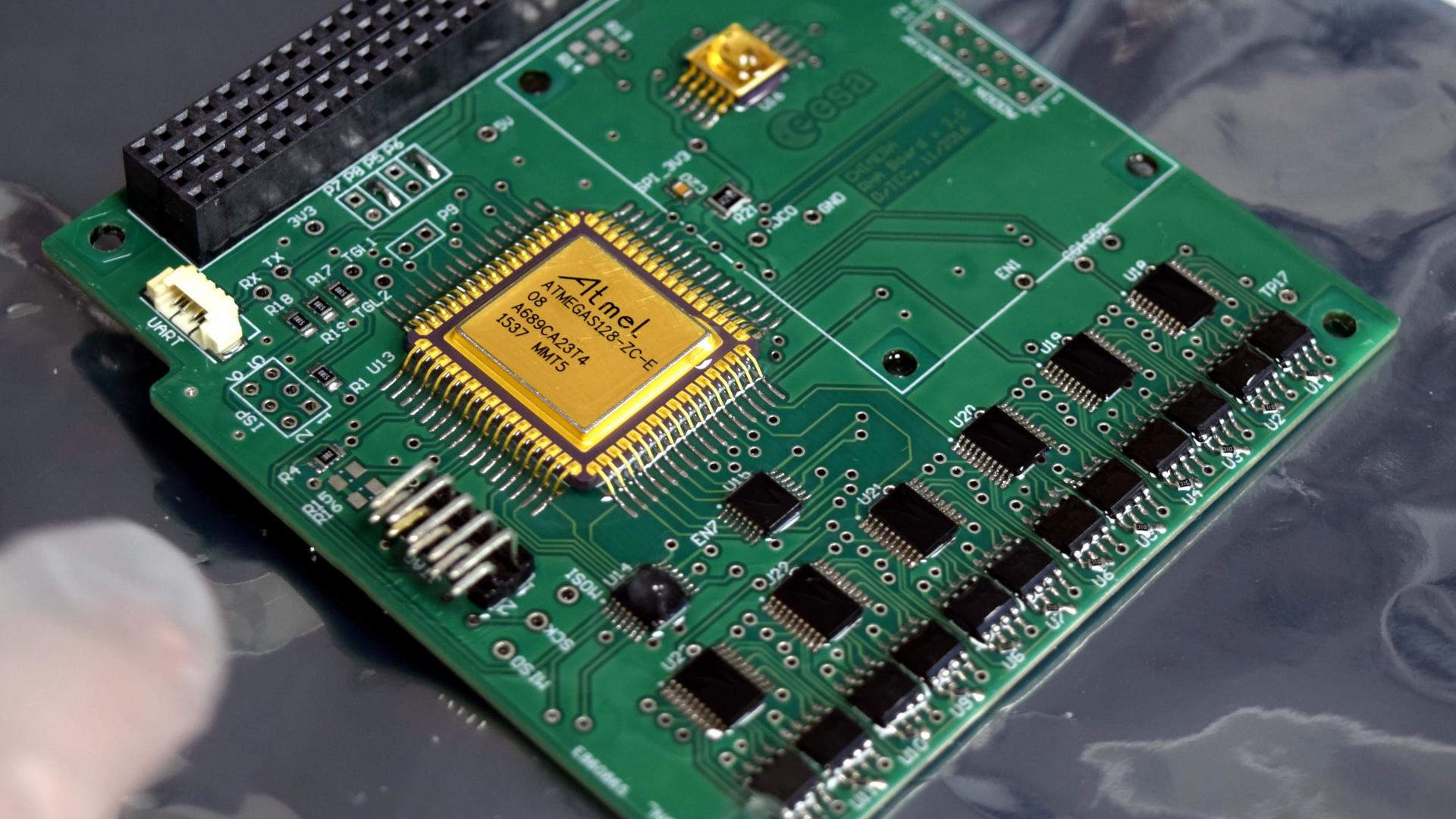Extensive characterizations of safe operating area applied on identical parts are targeting to evaluate the lot-to-lot and part-to-part variability against SEE effect of high voltage Normally off GaN devices. The aim is to improve risk quantification based on a statistical methodology, while controlling the characterization cost.
One of the key topics in the process of developing the use of GaN/AlGaN COTS in the space industry comes with the assessment of potential lot-to-lot and intra-lot sensitivity variations w.r.t. Single Event Effect sensitivity, which would be exceptional, compared to other technologies. Both normative and informative domains (Q0,Q1,Q2) are striving to get reliable information on COTS technology in terms of behavior homogeneity against space mission profile and especially radiation environment. This study shall investigate a statistical methodology that can be applied first on several process families. This should pave the way of an understanding of the origin of this abnormal behavior and the necessity to maintain stringent requirement between available data and flight lot items. Also a risk assessment together with a quantification of this risk for technologies that can inherently be susceptible to this phenomenon is needed. This study will aim at developing standardized test vehicles and specific test approach applicable to typical test facility. This shall be in order to propose a methodology balanced between statistically relevant dataset and a characterization effort compatible with COTS adoption. It shall speed up the adoption of GaN COTS devices by improving the risk quantification with a more systematical and statistically relevant approach. The most convenient conclusion would be to determine measurable parameters responsible for this variability, however if this solution turns out to be too difficult to achieve, a specific process will be proposed in order to handle this inhomogeneity issue. This study shall complete the current European projects (H2020 Call, GSTP) that strive for developing an European independent access to key technologies such as wide band gap electronics that are identified in our technologies roadmap.

